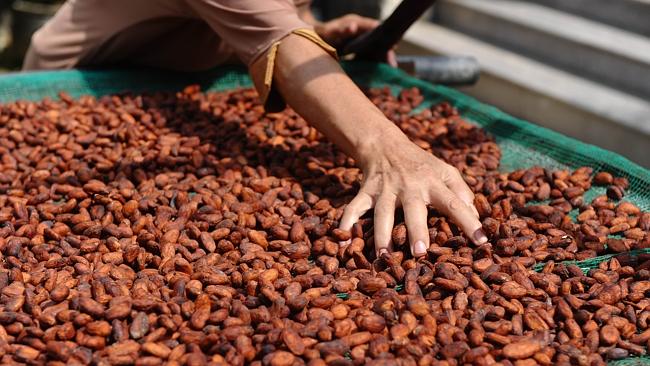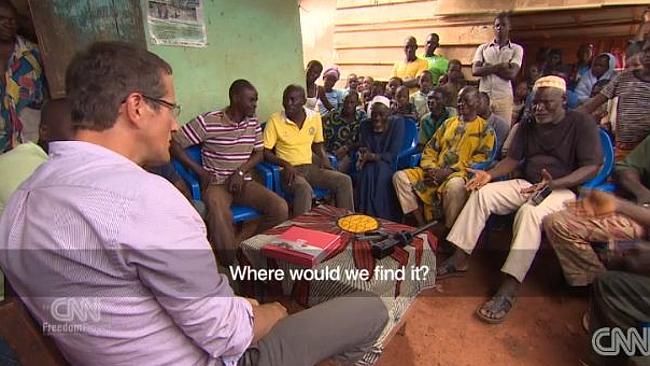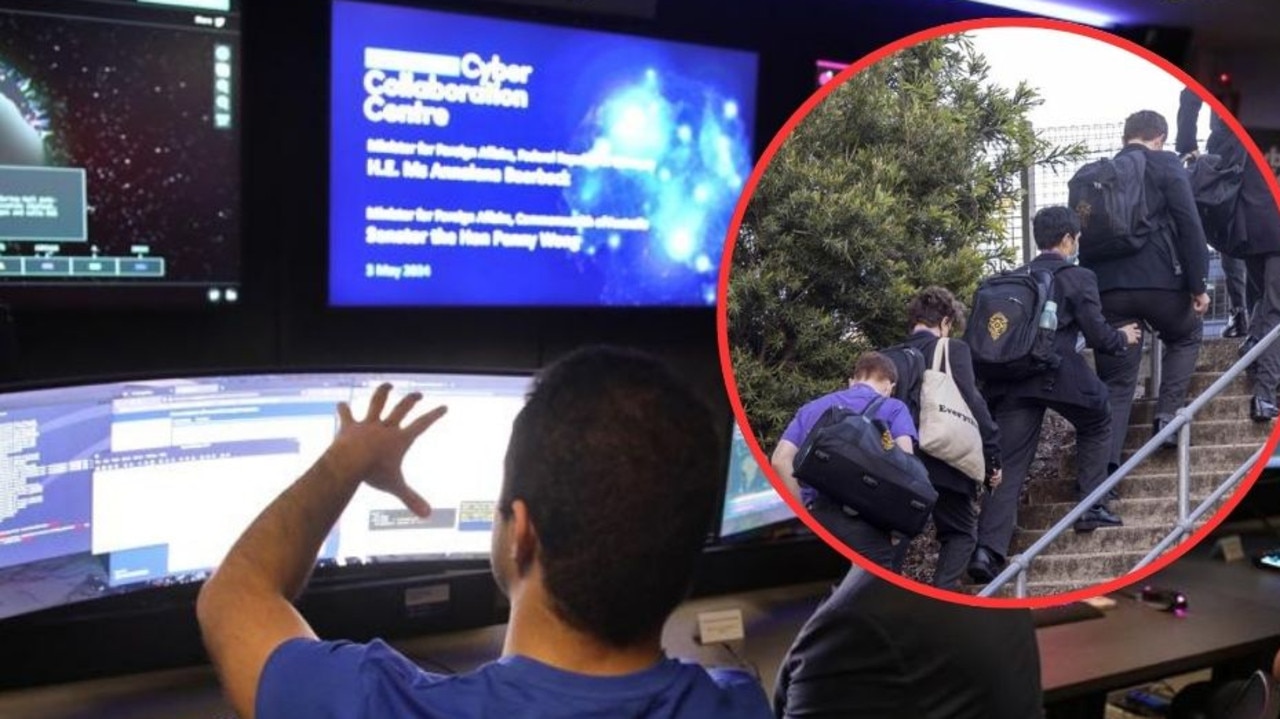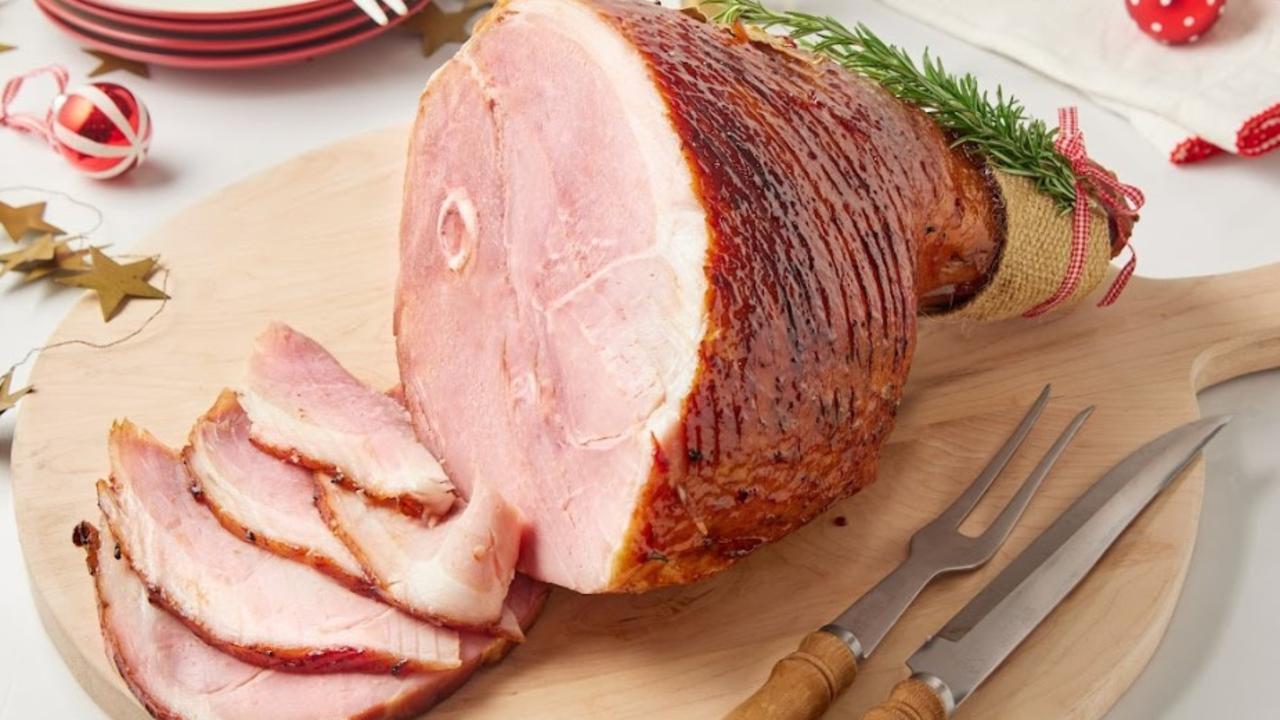Ivory Coast cocoa farmers try chocolate for first time
THEY’VE grown cocoa all their lives but these farmers have never tasted chocolate. Find out what happens when these Ivory Coast farmers get a taste.

AS I flew down to Abidjan it was the free luxury box of chocolates being handed out in Business Class that set me thinking. I was about to land in the country from where the beans which made the chocolate originated.
Although I was here to delve into the economics of chocolate, I also realised I needed to know what the farmers who grow the vital raw material — the cocoa beans — actually thought of the stuff we eat so liberally.
Something told me I might find a use for the chocolates, so I took the box with me rather than scoffing them on board.
One week later, we were in the middle of a remote farm, a few hours out of Abidjan, and this thought returned. I had spent days talking about the economics of this industry, and trying to work out who was to blame for the appalling poverty we had witnessed. I had seen diseased trees and visited experimental farms. I had heard from cooperatives and sat in tribal meetings — but I had not seen any chocolate.

In this village there was a small stall, selling crackers, fruits and peculiarly, a wide range of antibiotics which frankly shouldn’t be taken without first getting medical advice!
But there was no chocolate to be seen. None. Of course, I realise it’s very hot and the stuff melts, but it still seemed a bit odd that nowhere was there any chocolate.
Then it dawned on me. These farmers and their families, had never tasted chocolate — let alone knew the various types which are made.
I had thought it was apocryphal that the farmers who grow the beans had never tasted the final product. I never expected to come across it myself. But here I was, in the middle of a village meeting — and we decided to see what they thought of the stuff.
Since we were filming with Nestle, my producer, Matt Percival still had a couple of Kit Kats (slightly the worst for wear after a week in his case!!!) and of course I had the luxury chocolates which I was going to use as a too-clever by half prop next to some beans or trees.
We decided to do a chocolate tasting. We quickly realised protocol dictated the tribal elders tried the Kit Kat first. It became the defining moment of this trip and my experience of Cocoa-nomics.

That look on the elders faces as they tasted a humble Kit Kat. A big, toothless grin came across one of the faces. There was much laughing and cheering. Where children would normally clamour for the stuff, here they held back. They didn’t know what it was all about.
Well, one Kit Kat doesn’t go very far in a village of tribal elders — so we broke out the luxury box of chocolates.
I tried to explain the diagram and what it meant — that one has nuts, this one is strawberry cream — it didn’t matter. One by one, the elders, then the children tasted these chocolates. One woman was quite overcome and kept wanting to try more!
If this was all, you would rightly say it was as gimmick and no more. But the farmers are far more astute than that.

They wanted to know how much I had paid for the Kit Kat — and were amazed, horrified and bewildered when I told them roughly a $1 a bar.
With their cocoa fetching a minimum of $1.5 a kilo they were working out the profit the industry was making on one bar.
This was a fortune for the farmers who earn a pittance. But the farmers were not bitter about this — not yet anyway.
They kept saying “our cocoa makes this.” There was an enormous pride in their voices and attitude that they were part of this process.
I wondered to myself, why the chocolate industry — the manufacturers, processors and distributors — didn’t make more of an effort to ensure the farmers at least knew what their crop was creating.

Cynics will say it’s because they don’t want the farmers to know how valuable their crop is to the companies. I don’t think so.
So we left the farmers having had their little taste of chocolate luxury. And on the drive back to Abidjan I reflected on “that moment.”
Letting the farmers understand their crops use will not make them dissatisfied. There was such a pride in their faces and voices as they realised, now, for the first time, they knew what they were helping to create.
On the flight back home, when I looked at the box of chocolates being given out, or even now when I take a Kit Kat (150 are eaten globally every second) I smile and wonder at the farmer who grew the cocoa and hope it won’t be too long before the farmers and their children eat the stuff again.
###



